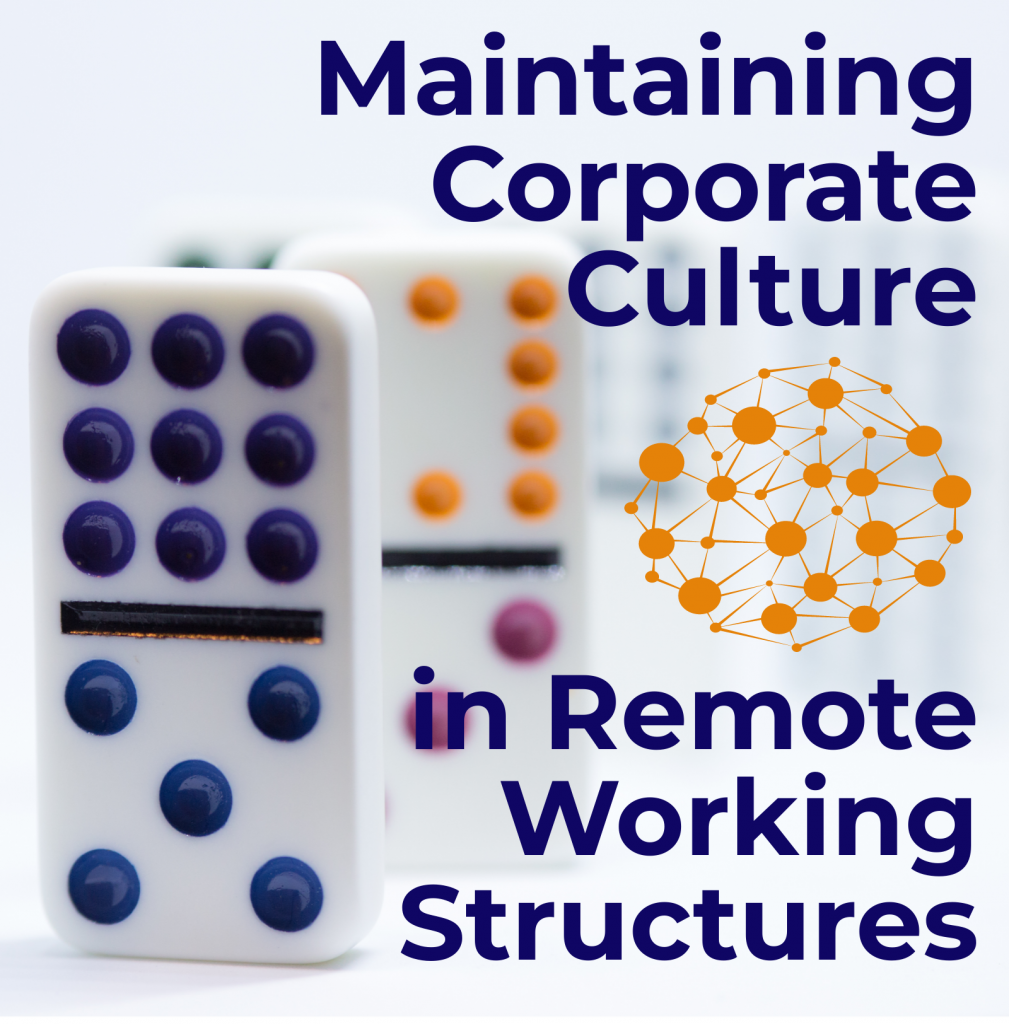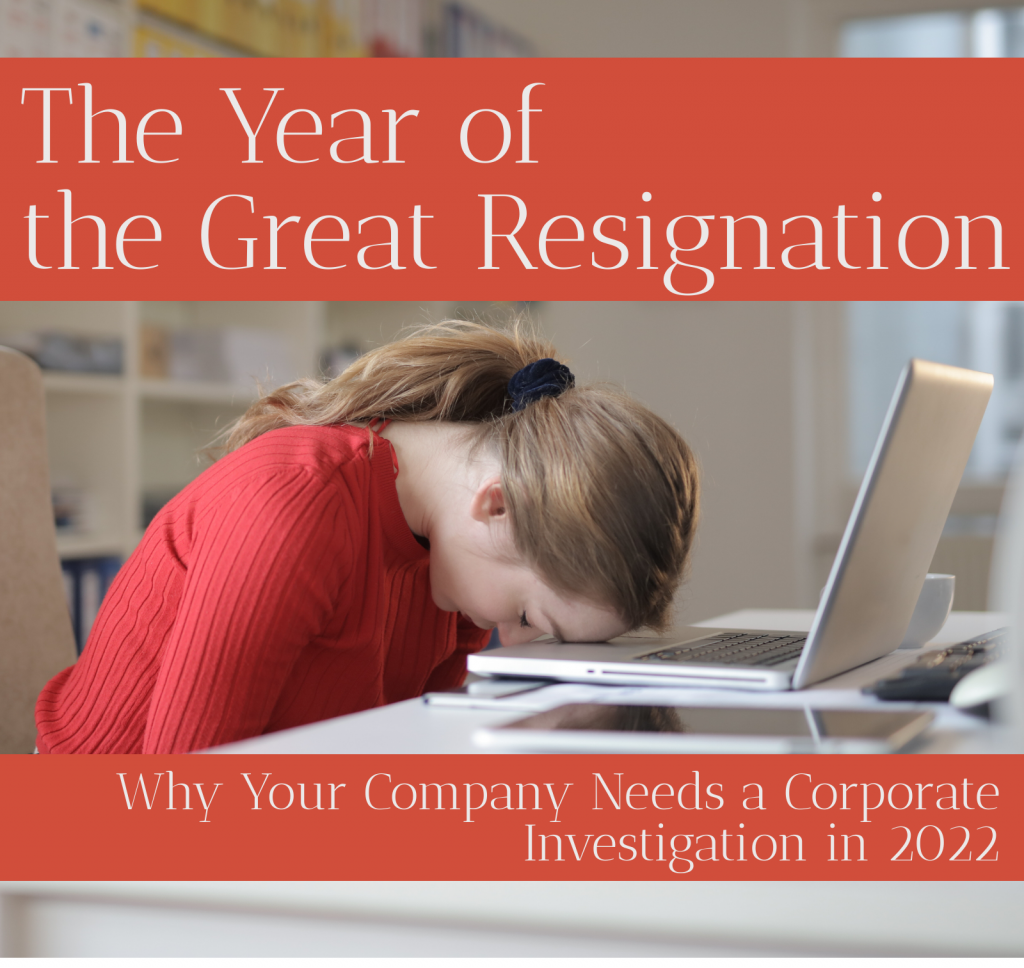Internal vs. External Corporate Threats

When running a business, there are a number of threats, both internal and external, that could quickly unravel the entire corporate structure, and some in leadership may be uncertain of how to proceed. Whether it’s fraud, employee misconduct, or IP theft, without the proper background in oversight of these challenges, the solution may not be […]
The Importance of Healthy Corporate Culture on Worksites

Culture might be a buzzword within the corporate world these days, but is it really relevant in the construction industry? In truth, great company culture means much more than having beanbags in the office or going on quarterly team building excursions. Instead, it describes how employees feel about their role, their employers, and their co-workers—and […]
Maintaining Corporate Culture in Remote Working Structures

Working from home became an adjustment for most people at the beginning of the pandemic—and although COVID numbers are falling—many businesses are still maintaining a remote working structure in these turbulent times. While remote working has had it’s undeniable advantages, corporate leadership remains wary of how it might effect their business in the long run. […]
Transforming Corporate Culture in Hospitality

In the hospitality industry, success and longevity have always been measured by the customer’s experience. After all, the goal of any hospitality business is providing guests and customers with quality service 24/7. Giving guests the best experience means hiring the best professionals to attend to their needs. The demand for quality staff is becoming a […]
The 5 Tenets of Thriving Corporate Culture
These days, the idea that corporate culture is a key puzzle piece for building business success is well accepted. But culture is an illusive concept—it’s emotional, it’s instinctive—so how can we fundamentally change it? There’s no doubt that the way your team feel and think will shape how they perform. But the efforts of many […]
The Effect Of Remote Working on Corporate Culture

Is yours is one of the businesses clamoring to get your workforce back to the office? If so, then you’ll definitely want to read this. Equally, if you see working from home as the way forwards for your team, then what we’re discussing today should be on your radar too—because, thanks to the Covid-19 pandemic, […]
How Language Impacts Your Corporate Culture
Companies across America spend a fortune on curating and dispatching just the right marketing messages—in fact, last year alone, that number ran to roughly 296.4 billion U.S. dollars. But its interesting to ponder how many of these businesses and organizations pause to think about the messages they send inward. If a well or poorly-chosen tagline […]
The Fourth Industrial Revolution: Why Now is the Time To Revamp Your Corporate Culture

Back in 2015, the chairman of the World Economic Forum at the time, Klaus Schwab, coined the phrase the “Fourth Industrial Revolution”. He was trying to convey the dramatic changes ahead in the way that we live and work, driven by emerging technology and interconnectedness. These emergences denote a turning point for mankind, and one […]
Everything You Need To Know: What Is Corporate Culture?

Well, it’s almost unanimous. Some 94% of entrepreneurs and 88% of job seekers say that a healthy culture at work is vital for success. Armed with those kinds of numbers, it’s pretty clear that forging and maintaining top-notch corporate culture should always be a high priority. But, what exactly is corporate culture? How can we […]
The Year of the Great Resignation: Why Your Company Needs a Corporate Investigation in 2022

In 2021, American businesses were struck by a phenomena that no CEO or human resources director could have seen coming. Historically, whenever economies have been hit by recession, employee turnover has dropped as workers hunkered down and rode out the storm. However, as the crisis created by the Covid-19 pandemic rolled on, something entirely new […]